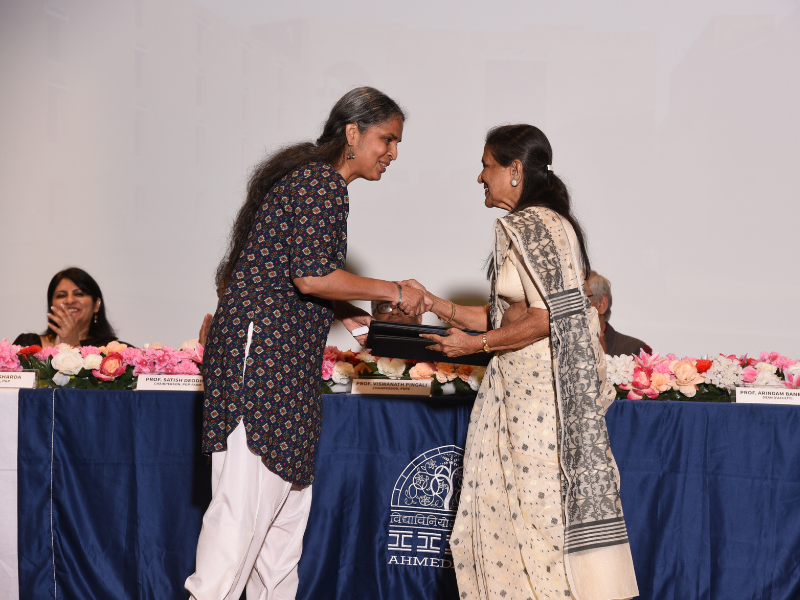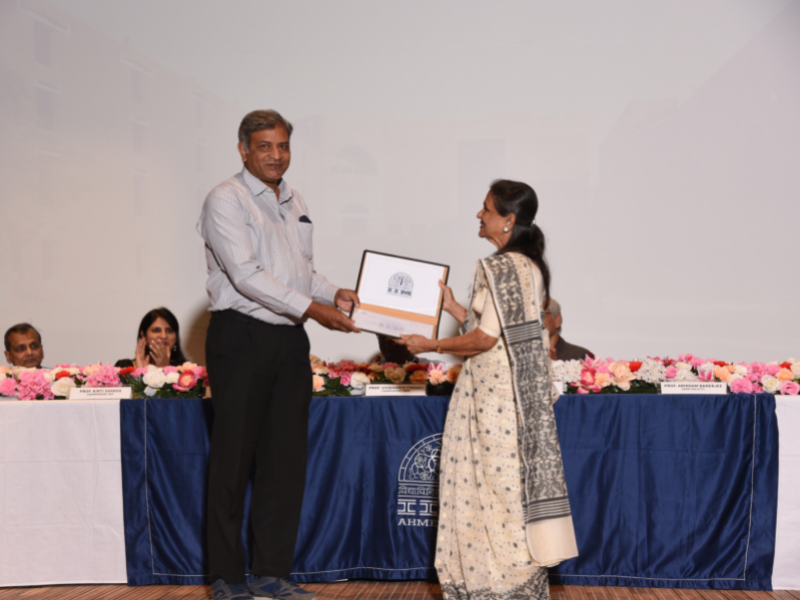What is this paper about?
Using visual research methods, our paper looks at child workers' experiences of bullying in Bt cottonseed global production networks (GPNs) in India. Specifically, it examines and compares the experiences of migrant children from Southern Rajasthan who work (and live in employer-provided accommodation) in fields in Northern Gujarat with the experiences of children from Southern Rajasthan who continue to live at home with their families and work in fields near their homes. The paper shows how migrant children, working under debt bondage, underwent greater exploitation and perennial and severe depersonalised bullying, indicating commodification of labour and disembeddedness. In contrast, children working in their home villages were not under debt bondage. They underwent less exploitation and occasional and mild depersonalised bullying, indicating how civil society organisations, along with the state, attempt to re-embed economic activities in the social context.
What are its academic contributions?
The paper makes several academic contributions. Regarding the field of workplace bullying, the paper extends knowledge on three dimensions. One, it brings child workers into the substantive area of workplace bullying, which has, so far, focused on adult workers. This allows for a Global South perspective to enlarge a field that is essentially Global North-dominated. In fact, through its findings, the paper emphasises the intersectionality of identity, progressing the field's emerging association with social categories. Two, it adds a new sector to the field of workplace bullying by showcasing agriculture. This advances the substantive area's knowledge of informal work. Three, it introduces GPNs to the field of workplace bullying, highlighting macrolevel contexts in a substantive area where context has often been overlooked.
Regarding the field of GPNs, the paper evidences Polanyi's hard and soft embeddedness, contrasting with earlier research focused on soft embeddedness. That is, the paper shows how labour is commodified because of market forces while also being subjected to the dynamics of social institutions, processes and relationships. In this regard, the paper underscores that "place" emerged as the pivotal factor determining children's experiences at work. "Asymmetric intergroup inequality" due to pronounced social identity and class differences, coupled with locational constraints and developmental disadvantage, made migrant children vulnerable targets of workplace bullying. A "protective alliance" of community controls and social power, associated with in-group affiliations and cohesive ties, stemming from a common village and tribal identity, safeguarded children working in their home villages.
Please share a little about the methods used. Did data gathering involve challenges? Did the research make any methodological contributions?
The study reported in our paper examined the work experiences of children from the Bhil tribal community who spoke a mix of Hindi and Gujarati, which was difficult for us to completely comprehend. We, therefore, used the visual method of drawings to overcome this challenge. In addition, since the employment of child labour is about power relations and drawings are intricately bound with deciphering power relations and social experiences, we considered this method to be extremely useful in uncovering the work experiences of child labourers. In fact, drawings provided us with insights into conscious as well as unconscious thoughts and feelings through which children interpreted and understood their world. Indeed, the use of drawings helps young children fully articulate their beliefs and emotions, which they cannot do using spoken or written words. Therefore, we could not have conducted this study with children without the use of drawings.
Additionally, in engaging drawings as its method, our paper contributes to the use of visual research methodology. One, it demonstrates the importance of visual methods when researching the experiences of children who may not always be able to express themselves effectively because of their cognitive stage and language differences. Two, it evidences the value of the drawings-followed-by-interviews method over the drawings-alongside-interviews method, indicating that the drawings, once completed, provide the interviews with an anchoring referral point around which questions and conversations can proceed.
Please highlight the broad policy implications of the paper.
The discussion on child labour is torn between two competing perspectives. On the one hand, the use of child labour is argued to be a necessary step towards economic progress in Global South countries. On the other hand, there is an attempt to distinguish between child labour and child work, with child work regarded as being beneficial to a child's physical and mental development. In our paper, we demonstrate that the problem of child labour still persists, with migrant children working under debt bondage and being exploited and severely bullied at work. The employment of disenfranchised migrant children hinders their well-being as they are disembedded from their social milieu. One possible way to control this ruthless exploitation and abuse of children is through concerted and coordinated efforts by the state and civil society organisations. The efforts of civil society organisations to this end often threaten the reputation of multinational companies (MNCs) who are forced to disassociate from employing child labour. However, MNCs then try shirking this responsibility by outsourcing their entire production to third-party organisations. Therefore, it is important to identify the nodes in GPNs that employ child labour and to hold lead organisations such as MNCs responsible and accountable so that the problem can be stymied. Apart from policy implications for child labour, our paper also has policy implications for migrant labour in general. The conditions of migrant labour can be improved by attempts to embed them in the place where they live. This would mean providing them with citizenship rights that include better wages and working conditions, medical facilities, housing and other entitlements in the place they migrate to. According these citizenship rights to adult migrant labour may result in reduced child labour.
How would you place this paper alongside your other research endeavours?
This paper, which studies workplace bullying, GPNs and informal work, is emblematic of our varied interests in microlevel behavioural and macrolevel societal issues about work and employment. Essentially, in casting our research problems and designing our empirical endeavours, we underscore the meaningfulness and impact of the study. This means that, alongside theoretical and scholarly contributions, the applied component of the research is equally important; in addition to building knowledge, the study findings hold a real-world influence and advance human well-being. To this end, a contextualised approach cannot be overemphasised. That involves reviewing extant literature from the context as well as exploring the role of context vis-a-vis the problem during data collection.


D'Cruz, P., Noronha, E., Banday, M. U. L., & Chakraborty, S. (2022). Place matters: (Dis) embeddedness and child labourers' experiences of depersonalized bullying in Indian Bt cottonseed global production networks. Journal of Business Ethics, 176(2), 241-263.
 |
 |
About The Authors

Prof. Ernesto Noronha
Ernesto Noronha (enoronha@iima.ac.in) is a faculty in the Organizational Behavior Area.
Prof. Premilla D'Cruz
Premilla D'Cruz (pdcruz@iima.ac.in) is a faculty in the Organizational Behavior Area.